Understanding the Benefits of a Dual Monitor Install
In an increasingly digital world, the efficiency of our workspace dictates our productivity levels. One of the most effective ways to enhance productivity is by optimizing your computer setup. A dual monitor install offers a significant advantage for professionals and enthusiasts alike. By expanding your screen real estate, you can manage multiple applications simultaneously, leading to smoother workflows and greater efficiency.
Increased Productivity
Studies have shown that using dual monitors can increase productivity by up to 30%. With more screen space, users can work with multiple applications at once without having to constantly switch between windows. This is particularly beneficial in professions that require data analysis, software development, graphic design, and financial services, where having extensive information visible at a glance can save significant time.
Enhanced Workflow
When using dual monitors, tasks that previously required toggling back and forth between windows can be executed side by side. For instance, a writer could have a document open on one screen for drafting while conducting research on another. This arrangement not only simplifies the workflow but also enhances focus, as users can dedicate specific screens to various tasks.
Improved Multitasking Capabilities
Multitasking becomes less cumbersome with a dual monitor setup. Users can monitor emails, video conferences, or chats on one screen while engaged in primary tasks on the other. This capability prevents distractions and maximizes the effectiveness of multitasking, turning what used to be a chaotic experience into a controlled and efficient operation.
Preparing for Your Dual Monitor Install
Checking Compatibility
Before diving into the installation process, it’s crucial to ensure that your computer can handle a dual monitor setup. Most modern desktop computers and laptops are capable of supporting multiple displays, but checking your graphics card specifications is essential. Look for output options such as HDMI, DisplayPort, and VGA. Don’t forget to verify the resolution support as well, ensuring your monitors can match the capabilities of your graphics setup.
Gathering Necessary Equipment
Besides the monitors themselves, you’ll need some additional equipment for a successful installation. This may include:
- Proper cables (HDMI, DisplayPort, VGA, etc.)
- An external graphics adapter for laptops with limited output options
- Monitor stands or mounts for optimal positioning
- Power adapters for each monitor
Choosing the Right Monitors
When selecting monitors, consider factors such as size, resolution, and color accuracy. A pair of identical monitors ensures seamless multitasking, while mismatched monitors might require additional configuration. Depending on your tasks, like gaming or graphic design, you may prefer higher refresh rates and better color coverage.
Step-by-Step Instructions for Dual Monitor Install
Physical Setup of Monitors
Before connecting monitors, determine the best physical arrangement. Ideally, both monitors should be at eye level and aligned. This minimizes neck strain and promotes a more comfortable working experience. Securely place the monitors on your desk or mount them on adjustable arms to save space and enable better ergonomics.
Connecting Monitors to Your Computer
With the monitors positioned, it’s time to establish the connections:
- Turn off your computer and unplug it for safety.
- Connect each monitor to the computer using the appropriate cables. Make sure to note which cable plugs into which port.
- Power on your monitors and then your computer.
Configuring Display Settings
After powering everything up, you may need to configure your display settings:
- For Windows: Right-click on the desktop and select ‘Display settings’. Here, you can choose to duplicate or extend your display across the two monitors.
- For macOS: Go to ‘System Preferences’, then ‘Displays’. Click ‘Arrangement’ to set your preferred layout.
Ensure that your desired resolution and orientation are correctly set for each monitor to achieve the best experience.
Troubleshooting Common Dual Monitor Issues
Connectivity Problems
One of the most common issues encountered during a dual monitor setup is connectivity problems. If one or both monitors do not display anything, first check all connections and cables for firm attachment. Consider testing the cables with another monitor to rule out any cable malfunction.
Display Resolution Issues
If the monitors appear to be connected but display resolution is off, navigate back to display settings to adjust. Be sure both monitors are set to their recommended resolutions. Sometimes, lower-resolution monitors can become misconfigured when connected to high-resolution outputs.
Software Compatibility
Some applications may struggle in a dual monitor environment, particularly those that are not designed for extended displays. Make sure your software is updated to the latest version, and consult user forums or support channels if compatibility issues persist.
Optimizing Your Dual Monitor Setup
Best Display Arrangement Practices
The arrangement of your dual monitors can significantly influence your workflow. Placing the primary monitor directly in front of you, with the secondary monitor to the side, often yields the best results. Using monitor stands or arms can help keep your workspace tidy and adjustable based on your needs.
Utilizing Productivity Tools
Various software tools can help optimize your dual monitor experience. For instance, tools like DisplayFusion or Dual Monitor Taskbar can make managing windows easier and allow for more powerful multimonitor configurations. Explore these options to get the most out of your setup.
Maintaining Monitor Health
To ensure your dual monitors remain in top shape, regular maintenance is key. Dusting the screens and the areas around them will prevent overheating. Calibrating the monitor settings for brightness and contrast will not only enhance viewing but also extend the life of your displays.
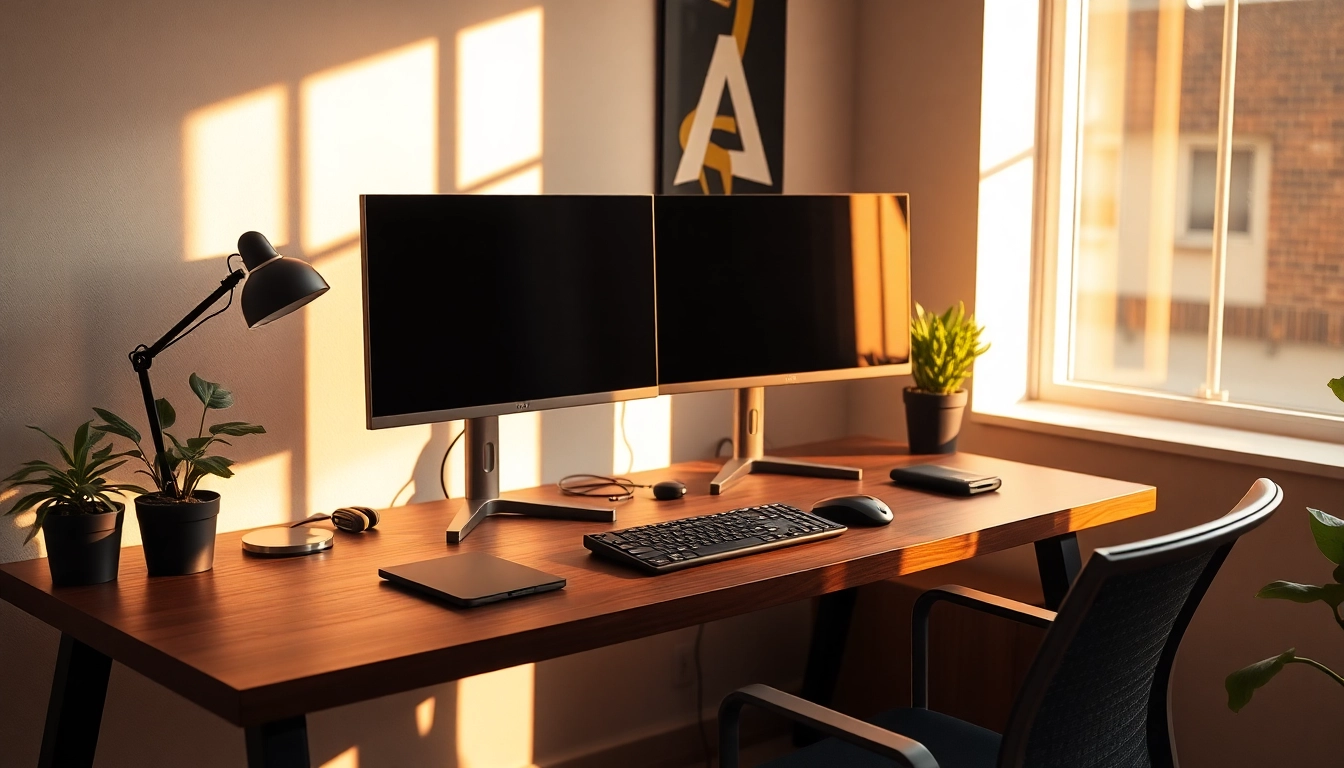
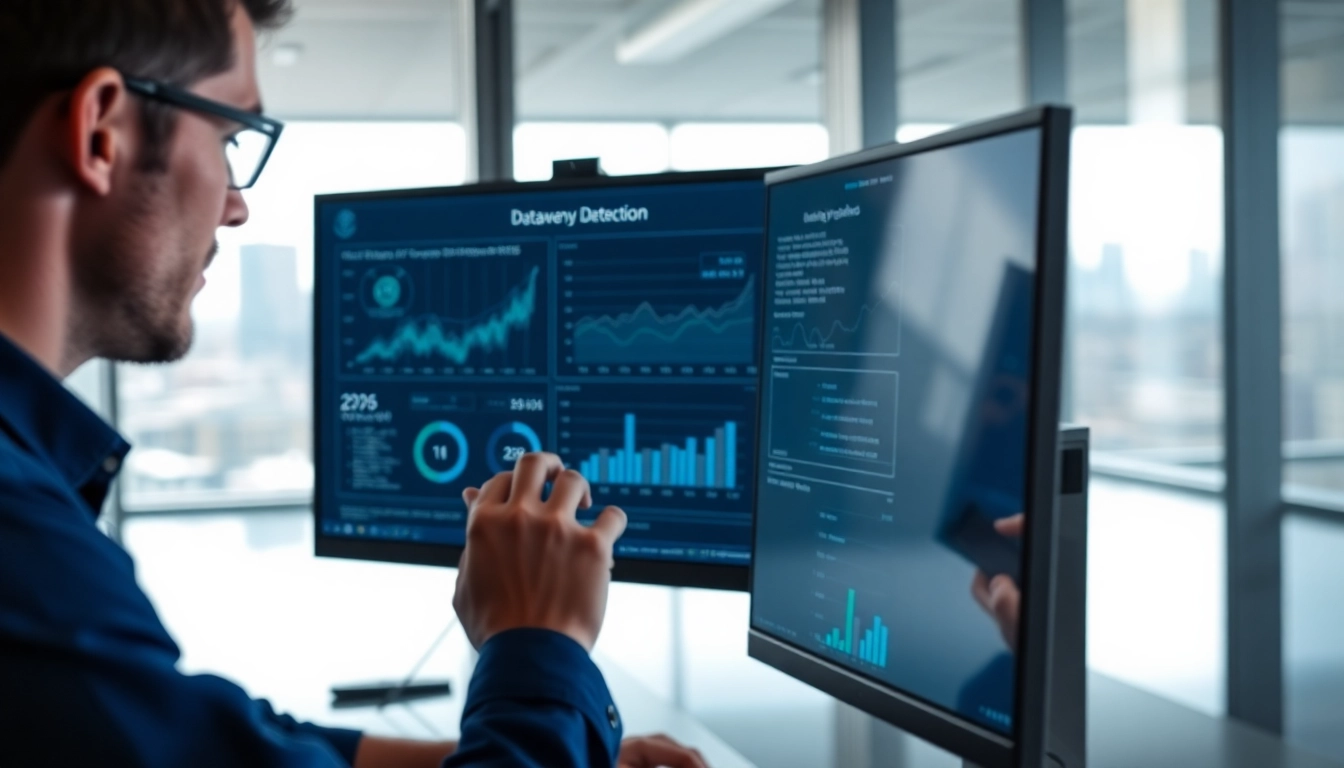

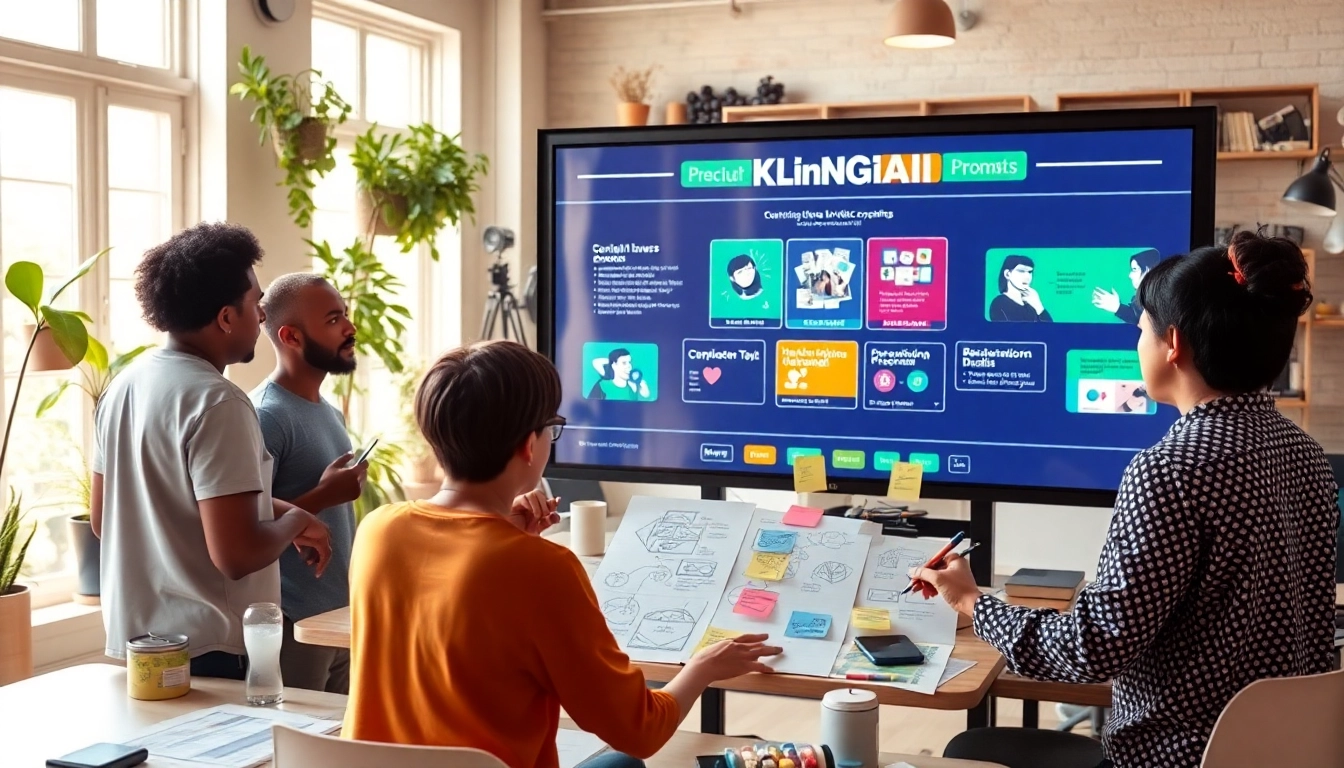



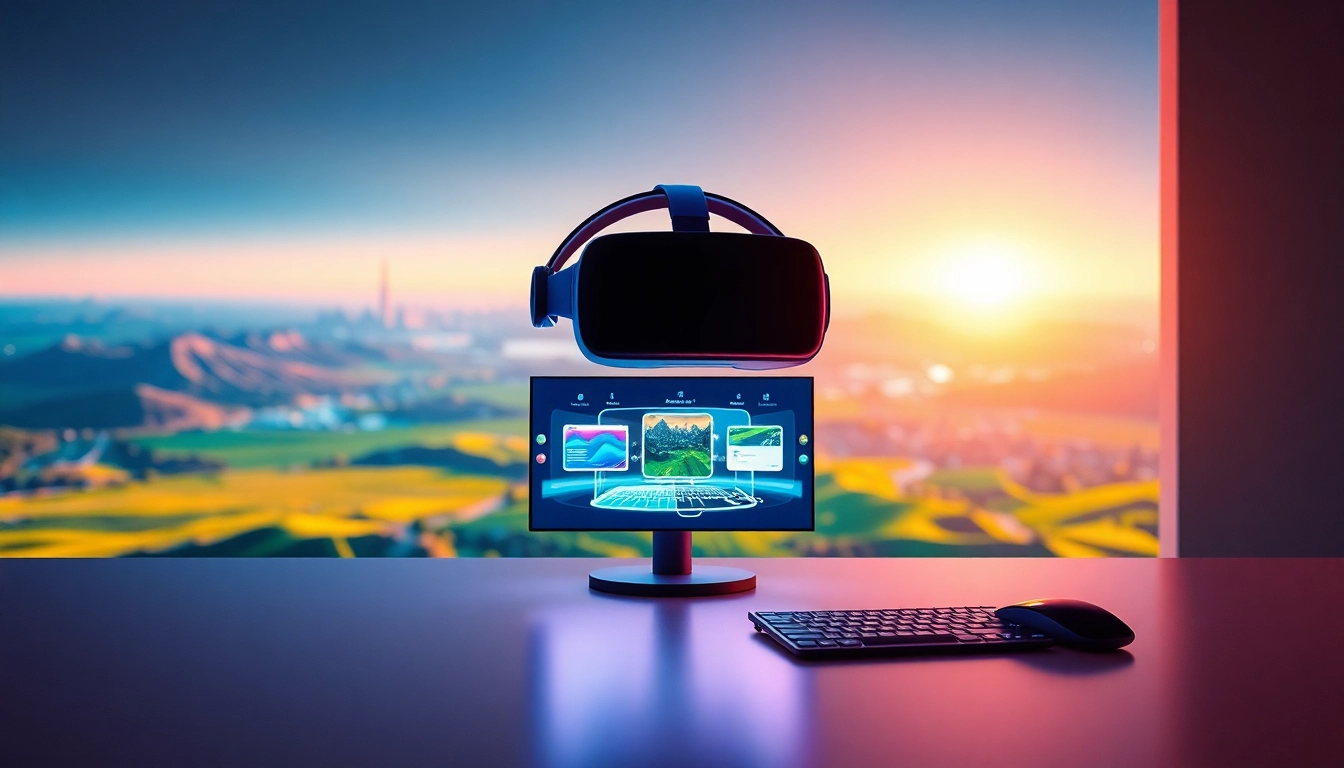
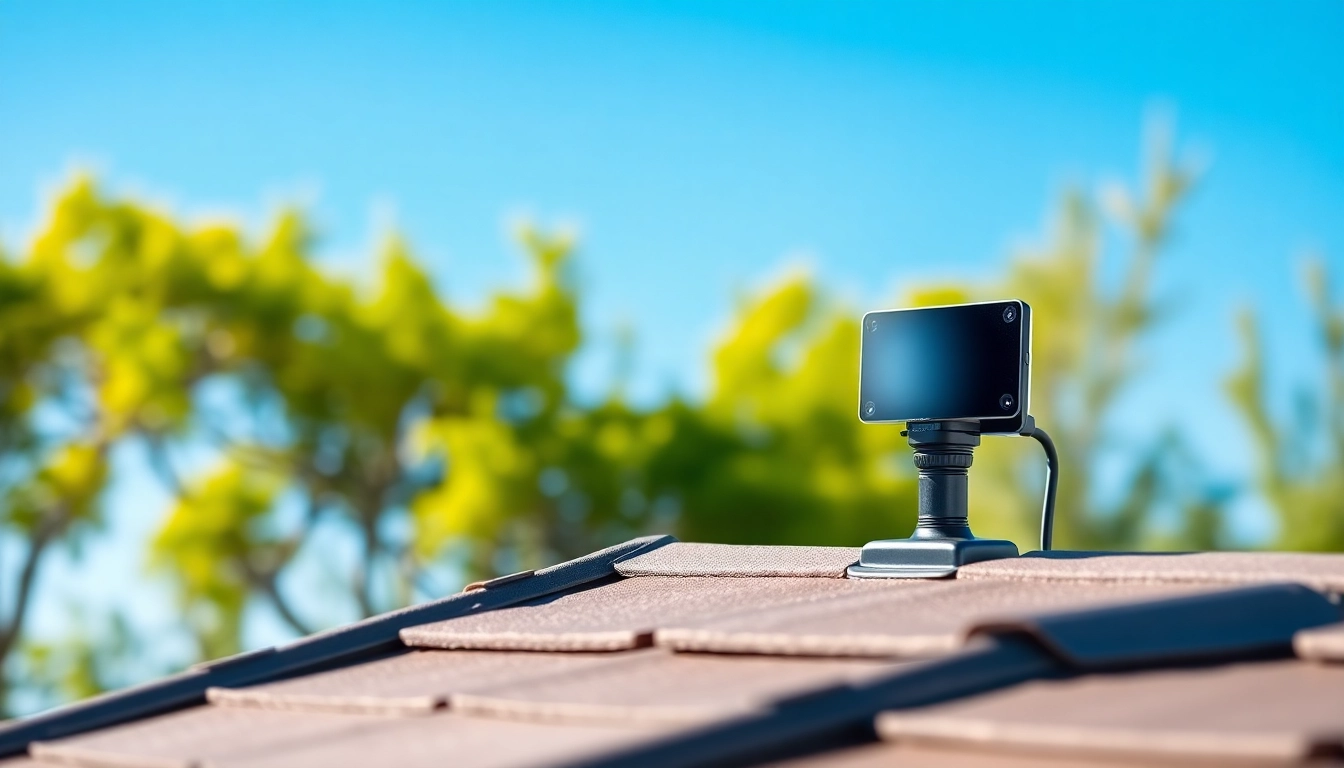

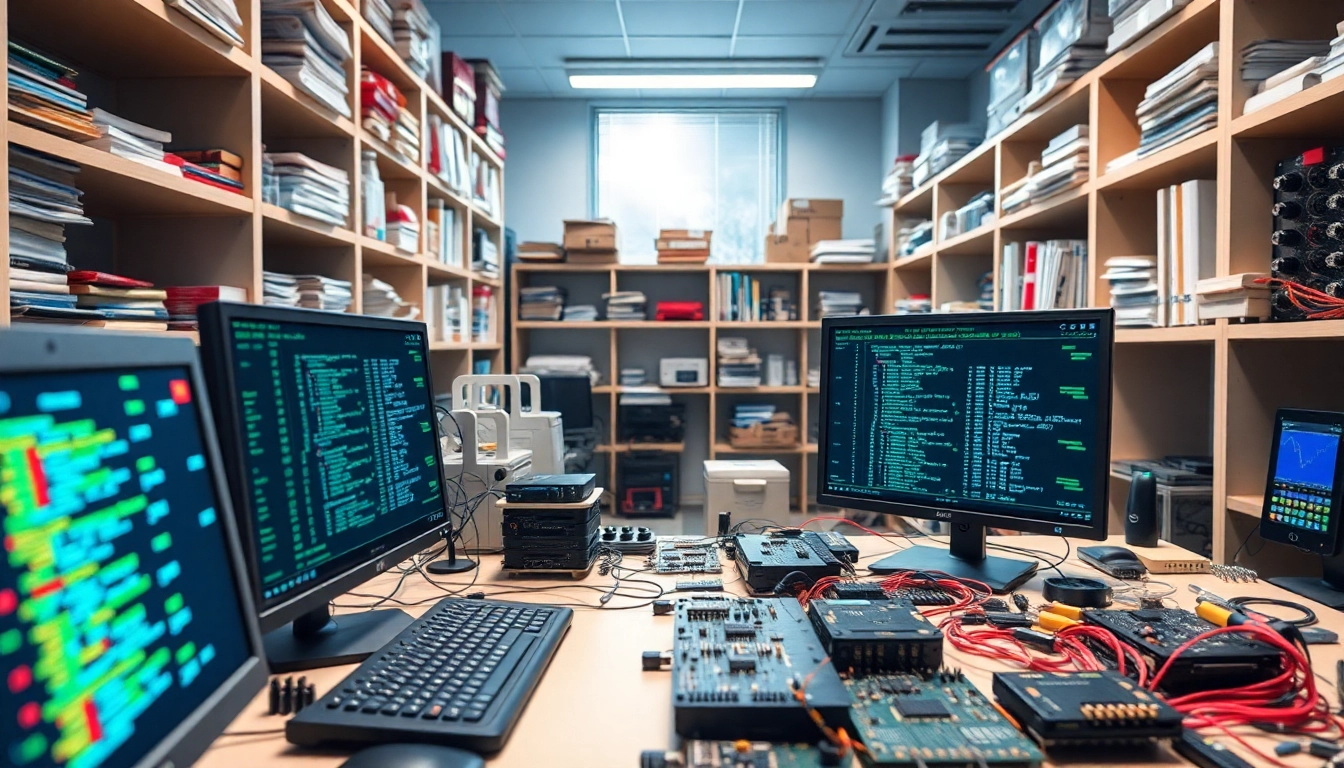




Leave a Reply